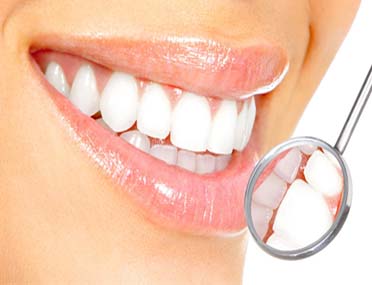GAP CLOSING
How does it feel when you have your teeth gaping? It feels embarrassing and awkward; doesn’t it? The beauty of the face is shunned by the gaps between the teeth and today a greater number of people are keen to undergo gap closing treatments of their dental structure. In dentistry terminology, this state of having gaps between our teeth is known as diastema and can occur anywhere in the dental structure.
The most visible gaps, though, are those that occur in either the upper or lower rows of the front teeth. And it is not that this issue is faced only by people of a certain age group, diastema will occur in people of all ages, be it children or the elderly!
In fact, it is a more common occurrence in children when they lose their dairy teeth and the permanent teeth fall out. Yet with time, most of the holes are filled naturally, though at their adolescence some of them still experience the disorder of diastema.
Important factors causing diastema
If a person develops diastema, it may be because he or she has a greater size of the jaw bone relative to the size of the teeth. And the teeth grow to fill the jawbones in a way that they leave some gaps in between them.
The other type of diastema development in humans is one where an ‘outgrowth’ emerges from the upper front row of the teeth and the tissues surrounding the gum line.
Because of wider outgrowth it implies gaps between the teeth.
Excessive sucking of the thumb in childhood may also give rise to gapping at a young age in between the teeth. Apart from that, the condition of “incorrect swallowing reflexes,” any type of typical gum disease of any other dental condition may also cause diastema in individuals.
Yet treatments include
There are several types of therapies available for getting rid of the diastema disease. Depending on the severity of the condition of patients who have gaps between their teeth, the dentists choose the treatment method.



